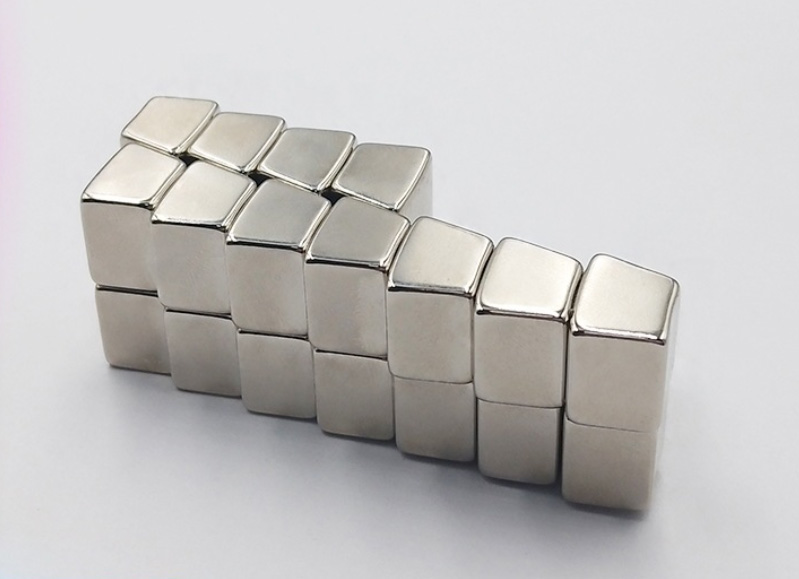Whether it is neodymium magnets, ceramic ferrite magnets, or samarium cobalt magnets, they all need to be magnetized (magnetized) before they can have magnetism. So how is neodymium magnet magnetized?
For neodymium magnets, there are 3 common magnetization methods as follows:
Unidirectional magnetization: this is the commonly used magnetization method. The unmagnetized magnet is placed in an applied magnetic field, and then the strength of the field is gradually increased until the magnetization is complete. During this process, it is necessary to ensure that the direction of the magnetic field is consistent with the direction of the magnet's long axis in order to obtain the magnetization effect.
Cyclic Magnetization: This is a very way of magnetization. In this way, the strength of the magnetic field is constantly changing and the process of increasing and decreasing is repeated. In this way the magnetic moment of the magnet can be redirected in several directions, thus improving the overall magnetization effect.
Pulsed Magnetization: This is a special type of magnetization in which the magnet is magnetized by means of brief, high-intensity pulses of magnetic field. This method allows the magnet to be magnetized in a very short period of time.
During the magnetization process, the magnetization effect needs to be evaluated. Common assessment methods include using the Hall effect to measure the strength of the magnetic field, using a Hall probe to measure the magnetization of the magnet, and so on. Through these assessment methods, it can be determined whether the magnetization has met the requirements for subsequent processing and use.
Trapezoidal wedge shape super strong magnet

In the actual magnetized process, the following points also need to be noted:
(1) Temperature control: NdFeB magnets are very sensitive to temperature.
(2) Magnetic field control: The strength and direction of the applied magnetic field need to be precisely controlled to obtain the ideal magnetization effect. A magnetic field meter is generally used to monitor the strength and direction of the magnetic field.
(3) Magnetizing equipment: Appropriate magnetizing equipment needs to be used when performing the magnetizing process. The selection of these equipments is determined according to the specific requirements and magnetization methods.
In short, the magnetization process of NdFeB magnets is to reorient the undirected magnetic moments by applying a magnetic field to achieve overall magnetization. A better magnetization effect can be obtained through appropriate pretreatment and selection of suitable magnetization methods. In practical application, magnetization needs to be carried out according to specific requirements and conditions to meet different needs.
More magnet magnetization knowledge is recommended;
Magnet Magnetization Direction
Reason Of Neodymium Magnet Demagnetization
Difference between demagnetized magnet and non-demagnetized magnet
 China Neodymium And Ferrite Magnets Manufacturer & Supplier
China Neodymium And Ferrite Magnets Manufacturer & Supplier 


